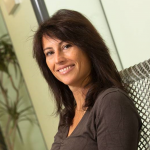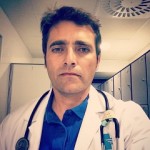 Emili Vela, Head of “Modules for Tracking Quality Indicators” (MSIQ) Health Care Area, CatSalut
Emili Vela, Head of “Modules for Tracking Quality Indicators” (MSIQ) Health Care Area, CatSalut
In recent years there has been an increase in the prevalence of chronic diseases partly due to increased life expectancy, an aging population and improved health care. These factors have also led to the emergence of patients with a high number of simultaneous illnesses with a high risk of de-compensation. These patients represent a relatively small percentage of the population but they use up a high amount of health resources. In fact, we can say that, with respect to chronic patients, multiple morbidity is the norm, not the exception.
In these circumstances, the stratification of the population at risk groups, which allows us to know and anticipate future health resources needs is an objective set out in several strategic areas defined in the Catalan Health Plan (2011-2015) and is especially relevant in the transformation of healthcare models (making them more proactive), in the treatment of chronic diseases (establishing target populations for certain actions) and the integration of health and social care levels. Continue reading

 Olga Martinez and Laia Domingo. Evaluation Area, AQuAS
Olga Martinez and Laia Domingo. Evaluation Area, AQuAS



 Anna García-Altés,
Anna García-Altés, 



